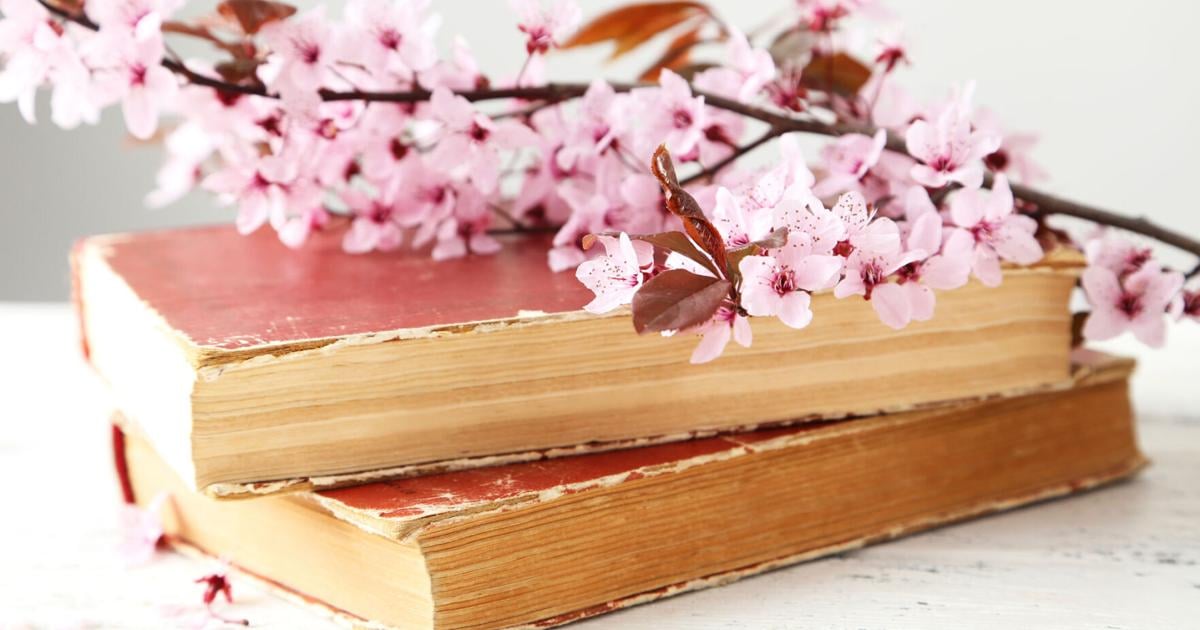This is a carousel. Use Next and Previous buttons to navigate
Are you a cilantro hater or a cilantro lover? I’m told that there’s a genetic link to the conviction that this herb tastes like soap. I think culture is involved, too, though, since I was once one of the “Ew, that tastes like soap” crowd, but nowadays, I relish this distinctive herb. I have become a more adventurous eater, though my genes, so far as I know, remain the same.
I never hated parsley, but then I didn’t have much chance to develop hate or love of it from the curled parsley leaf garnish that I sometimes pushed aside on a restaurant plate. Now I seek recipes that use lots of fresh parsley, either raw or cooked, having found that I relish it as well.
Both of these closely related and tasty herbs are used in cuisines of Mediterranean Europe and Africa, the Middle East, South America and Asia. They are often used in large amounts in North African and Middle Eastern soups and salads, as befits herbs so easy to grow there (and here). They are nearly year-round crops for cool coastal gardens or fall and spring crops in more inland gardens. They will do well even in part or open shade. And when they are growing in your yard you can just pick what you need.
Of the two, it is easier to grow a steady supply of parsley. This is because it’s a biennial, requiring winter cold to flower, so it will grow leaves for several months before the cold, then stay leafy a while before forming flower shoots when weather warms up. Cilantro, on the other hand, is an annual plant that lives only a couple of months before it forms seeds and dies. The faster life cycle of cilantro means you have to plant a little every few weeks to keep it coming; write it on your calendar. (Even varieties labeled “slow to bolt” gain you only a couple of weeks before the plants will flower.)
However, it is not the end of the world when either of these plants begins to flower. You can still eat any parts of the plants that are tender. You can delay flowering a bit and get more leaves to form by harvesting the stems that will bear the flower buds. The leaves of both herbs will be smaller on such stems, but as long as they are tender, chop them up and eat them anyway. The tender flower heads of cilantro are nice in a salad. And while parsley flower stems are too tough to eat, the flowers are decorative in the garden and serve well as backup in a bouquet of larger blooms. The flowers of both herbs attract several kinds of beneficial (aphid eating or pollinating) insects.
Should your parsley form seed that drops, you are likely to have parsley seedlings, probably never again having to plant seed of this herb. The seed of cilantro is a bit less likely to grow if it falls, though it may, but you can also eat the seeds. Cooks know them as coriander.
You can cook with immature, green coriander seed, as I’m told is done in Brazil, or cut the stems that are just ripening to hang upside down in a paper bag while they finish getting ripe. It is hard to make powdered coriander seeds in a home kitchen, but you can also use them just roughly crushed.
Both of these herbs are best grown from seed sown in place, though both take a while to germinate. Parsley can take 2-4 or even 6 weeks, cilantro 1-3 weeks. Both can be speeded up a bit by keeping them between wet paper towels for 24-48 hours. You can also slightly crack cilantro seeds just enough to separate the hemispherical pair of seeds that make up the “seeds.” This speeds germination a bit and means that you won’t get your seedlings in little pairs. (If you don’t crack the seeds, you can cut out one of each seedling pair with scissors to prevent crowding.) Both parsley and cilantro can be transplanted, but they have delicate tap roots (central main roots), so transplanting can significantly slow their growth.
As to variety, go ahead and try cilantro labeled “slow bolting.” It may offer just the window you need to allow smooth succession plantings. Plant flat-leaf parsley for use in cooking. It is easier to chop than the curly kind that looks so cute on the side of a plate. I grow ‘Giant Italian,’ which is a bit larger than usual, and since I have found many recipes that use a quarter cup, or more, of parsley, I say, “the more the merrier.”
Pam Peirce is the author of “Golden Gate Gardening.” Visit her website, www.pampeirce.com Email: food@sfchronicle.com
